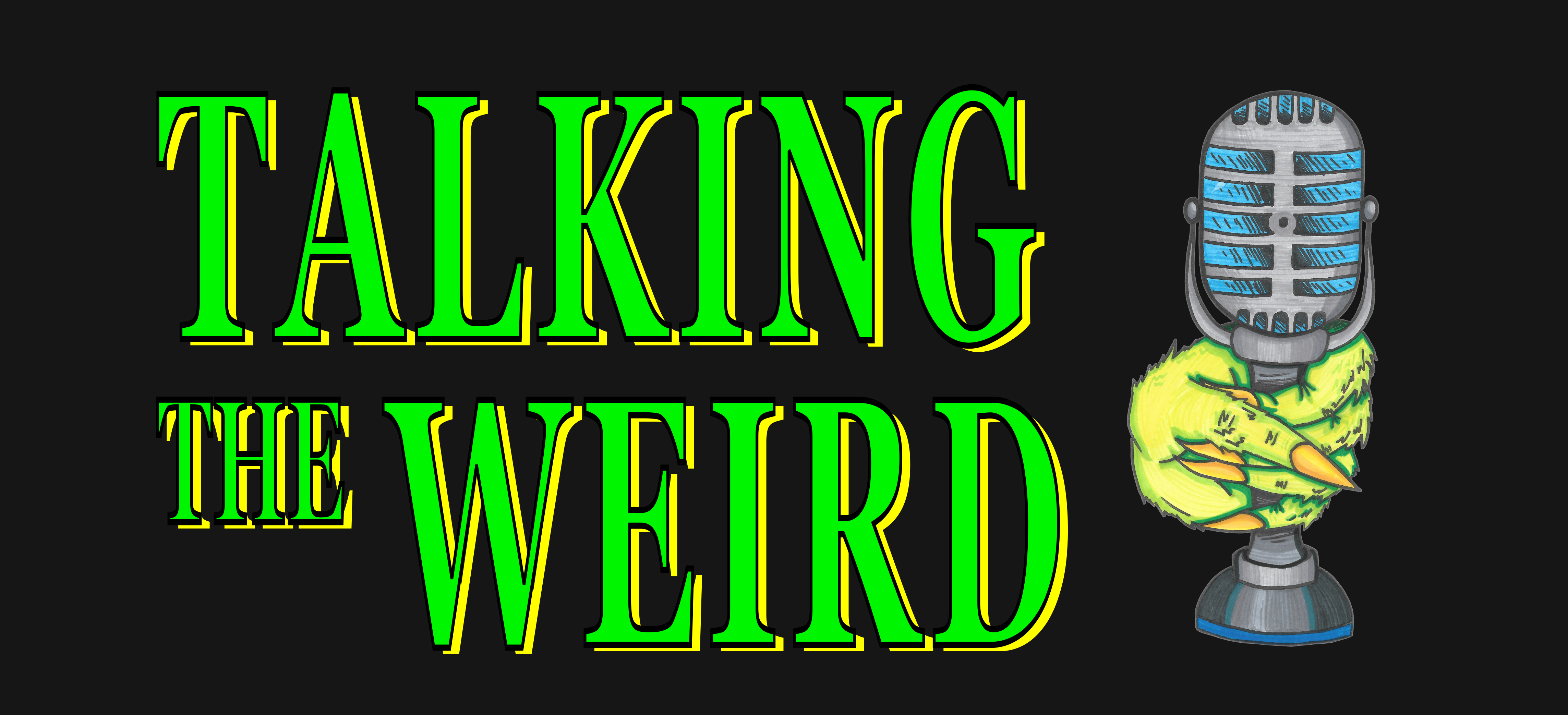
It’s been over thirty years since the original edition of version of Crossfire appeared in 1989. The book was a brick-sized bundle of information by veteran journalist Jim Marrs, who wrote extensively about President John F. Kennedy’s assassination and other conspiracy theories in his long career. The veteran journalist also spent decades teaching a course on the JFK assassination at University of Texas at Arlington. Marrs died in 2017, but not before he revised and expanded his already extensive overview of the Kennedy assassination. For anyone wondering about where to start unpacking the many mysteries within mysteries that comprise the Kennedy assassination, there’s no better place to start than Crossfire.
The Marrs study is invaluable because it covers all the major theories surrounding the JFK assassination. There’s no question where Marrs himself stands on the issue: The very title of his book signals his belief that the Kennedy killing was the result of a carefully orchestrated conspiracy involving parties to eliminate the President. This conspiracy extended beyond Lee Harvey Oswald as lone assassin. Who else was in on it? That’s for each reader to decide after wading through the many players and institutions who may have been involved in killing America’s 35th president.
Conspiracy theorists and non-conspiracy theorists agree on one aspect of the assassination: On November 22, 1963, President Kennedy was shot in Dallas, Texas as his presidential motorcade rode through Dealey Plaza at 12:30 in the afternoon. After that established fact, everybody scatters to different whodunnit camps: there’s the Oswald the Lone Nut Camp; there’s the Mafia Camp; there’s the CIA Rogue Agents Camp; there’s the Betrayed Anti-Castro Cubans Camp; there’s the Maligned Vice-President and Rich Oilmen Camp – and more. Marrs covers every major suspect and shadow group, providing voluminous background information for each, and explaining why they are worthy of scrutiny. In each case, he seeks means, motive, and opportunity.
I too have been studying and teaching the JFK examination for decades. In that time, I have yet to run across a more meticulous overview of the events that unspooled in Dealey Plaza that fateful Friday afternoon. The first section of the book is not really a minute-by-minute account, but it reads that way, thanks to the many eyewitnesses who shared their stories with Marrs. Beyond the first section, we get a close examination of Oswald the seemingly disgruntled marine who defected to Russia, married a Russian woman whose family had military ties, and was allowed to return to America with his new spouse. We trace Oswald’s comings and goings from Texas to New Orleans, his involvement in the Fair Play for Cuba movement, and his association with groups and individuals who may have made him a pawn in Kennedy’s assassination. Marrs also covers the Jim Garrison investigation; Jack Ruby and his possible connection to Oswald; and the Warren Commission in all its stumbling ineptitude.
The first edition of Crossfire was one of the books that Oliver Stone used when crafting his film, JFK. It’s easy to see why. For its depth and scope, Crossfire remains unparalleled in the castle-sized library of JFK assassination literature.
- Oscar De Los Santos
